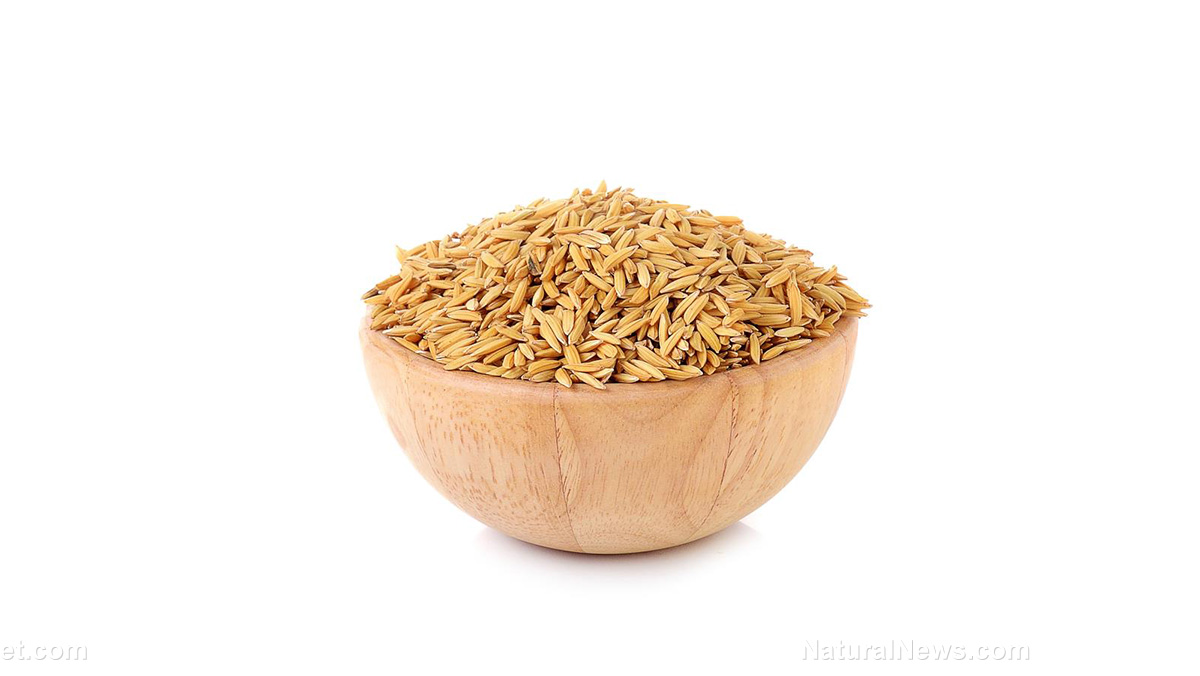 Genetically engineered “golden rice” suffers “metabolic meltdown” and devastating yield plunge as GE technology goes horribly wrong
Genetically engineered “golden rice” suffers “metabolic meltdown” and devastating yield plunge as GE technology goes horribly wrong
By JD Heyes
Supporters of genetically modified organisms (GMOs) have long claimed that Golden Rice is key in alleviating vitamin A deficiency, but it turns out that’s not at all the case.
According to a new report by Indian researchers, the genes necessary to produce Golden Rice cause unintended side effects, Independent Science News reported recently.
When scientists introduced the genetically-engineered DNA “their high-yielding and agronomically superior Indian rice variety became pale and stunted, flowering was delayed and the roots grew abnormally,” the site reported.
Also, crop yields were so dramatically scaled back that they were not even suitable for cultivation, scientists noted.
While rice is a great nutritional source, it does lack vitamin A and in some parts of the world, there are dramatic deficiencies in vitamin A. That’s important because these regions depend heavily on rice for their diets.
Big Ag and GMO pushers like Syngenta and Monsanto claim that vitamin A can be enhanced through the introduction of GMOs. And for years, that scientific dogma has been accepted as fact.
But it isn’t true, and continuing research is proving that. In 2016, Washington University in St. Louis noted that the promise of GMO-laden Golden Rice was not living up to the hype. He also said that researchers did not blame “GMO opponents” for that, either.
“Golden Rice is still not ready for the market, but we find little support for the common claim that environmental activists are responsible for stalling its introduction. GMO opponents have not been the problem,” said lead author Glenn Stone, professor of anthropology and environmental studies in Arts & Sciences.
